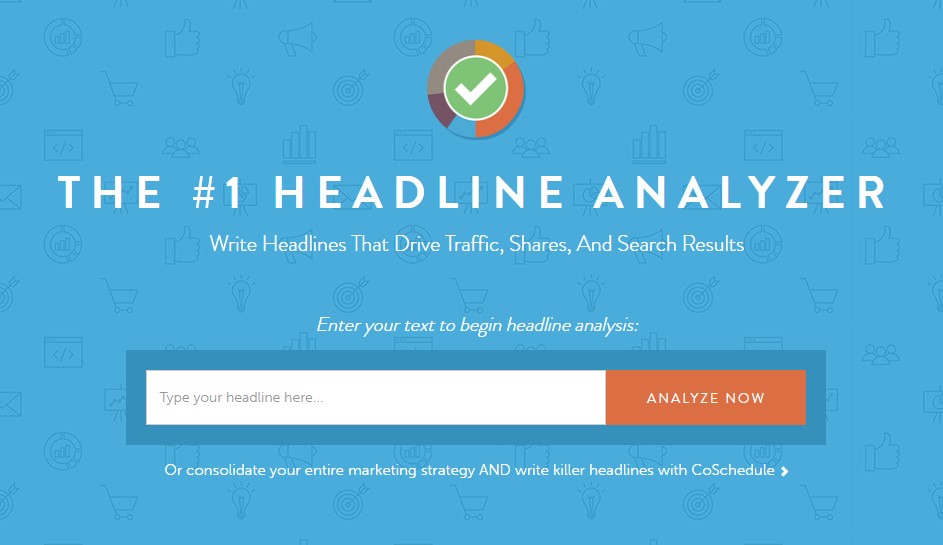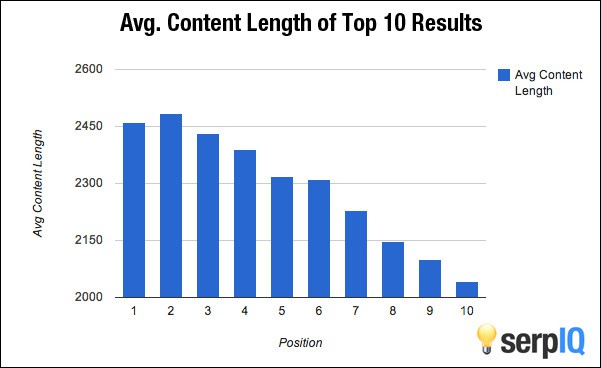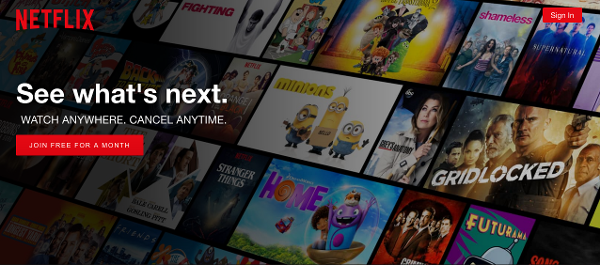Copywriting is an essential part of making a sale online.
You might have the very best product or service on the market, but if your copy isn’t compelling and SEO-friendly, then you will miss out on sales!
Of course, crafting effective copy is no walk in the park. Deliberately choosing the right words is a must if you want to start seeing improved conversions on your landing pages.
Of course, that’s just the tip of the iceberg. While remaining engaging and persuasive, you’ll also need to balance the quality of your copy with search-engine-friendliness. Even if you are able to produce web copy that can convince Inuits to buy ice cream, you’ll still need to drive organic traffic to your site. After all, you need to have someone to convert.
One of the smartest and most efficient ways of attracting traffic to your site is through organic search. By ranking in the top results for keywords your customers are using in Google, you can attract more visitors and turn them into customers and clients!
In this post, we will discuss the best practices used by copywriting pros and on-page SEO experts alike, so you can create content that increases not only your chances of conversion but also attracts organic traffic.
Before we proceed, a word about copywriting…
Unlike content writing where you can simply craft a piece of content for informational purposes, the purpose copywriting is to mobilize visitors to subscribe to your offer, no matter how big or small.
Therefore, you’ll need to carefully refine your process for writing effective copy so you can achieve your goals.
It’s also important that we lay down the groundwork for your copywriting before we move on to SEO.
Think of the latter as supercharging your copywriting to increase its visibility on Google and others. Through copywriting, we need to focus on delivering the best content for your target audience, not just the search engines. This way, you can quickly turn fair-weather readers into zealous brand advocates, if not loyal customers.
Here are some of the most important tips you need to consider in your copywriting.
Understand Your Target Audience
Before we even get started, you’ll want to get a good handle on your customers’ sensibilities. If you’ve never done this before, a good place to start is by developing a buyer persona.
This persona will detail everything you’d need to know about your audience before even writing a single word of copy. The buyer persona should include the following information at a bare minimum:
- Age
- Educational attainment
- Salary
- Location
- Needs/Desires
- Problems
By creating tangible values that you can associate your buyer persona with, you get a better understanding of what to write for your copy and how you can persuade them to commit to your call to action.
Carefully Choose Your Target Keywords
Just as important as your audience, your targeted keywords hold the key to getting discovered on search engines.
We have discussed before how you can find the best keyword to optimize for your pages (preferably long tail). The real challenge lies in choosing keywords that have high search volumes and low competitive indexes.
Often, keywords with high search volumes are the most difficult to rank because of the increased competition. Therefore, you may want to focus on finding long-tail keywords, which consist of at least five words in a phrase.
Once you’ve done your homework and picked some promising keywords, you’ll need to use theme effectively within your copywriting. Doing so tells search engines that your content is about your targeted phrases. This in turn increases the probability of that page ranking higher in the SERPs.
Double Down on Headlines
This topic may have been covered to death already, but it’s so important that it bears repeating.
Headlines are usually the first thing that people will take in when visit any page on your site. So you’ll want to make them as striking as possible to encourage visitors to read further down the page.
For ideas, you can refer to this timeless Buffer post about headline strategies that relies heavily on psychology. The post details eight strategies for your headlines and I guarantee you that at least one of them will be effective for your given audience.
When it comes to specifics, I’d encourage you to play around with CoSchedule’s Headline Analyzer tool to see their proprietary scoring of your headline. It looks for a number of useful factors, including the usage of “power words” and headline length.

Example: Years ago, Google was handed a pretty stiff fine for improperly tracking Safari users. Bing used the news article as an opportunity to onboard users who don’t want a search engine to be snooping on its online activity.

This is a powerful headline technique because it resonates with the audience Bing is targeting: disgruntled Google users and privacy-minded web searchers. Since Bing offered a purportedly safer way to conduct your online search, it lets the news speak for itself to convince people why Bing is a better choice.
Write More Copy
One influential SEO factor that indicates high-quality copy is word count.
According to a SerpIQ study, you should aim for over 2,000 words if you want to ensure high search rankings. Of course, that’s a tall order. And not all SERPs will be as competitive as the ones they included in the study.

Further, your copy should absolutely be written with a goal in mind. While word count may be an indicator for quality, you shouldn’t simply stuff words in there for the purpose of hitting the 2,000-word mark.
The takeaway is this: the more words there are on a page, the more loaded it likely is with information and actionable items that can resonate with visitors.
Whether you’re writing a blog post or a landing page, your copy should give your readers a reason why they should stick around to read the entire thing.
Utilize Strong Calls to Action
The key to truly killing it with web copy is to focus on funneling your readers towards a call to action.
Depending on the goal of your page (email sign-up, clicking on a button, filling out a form), you’ll need to make sure readers can spot a CTA before making it through the majority of your copy.
Below are some simple tips on how you should design your CTA for increased visibility:
- Create multiple CTAs and feature them in different places on the page – Your CTA should appear above the fold, somewhere in the middle of your copy, and again at the end of the page.
- Focus on only one goal for your CTAs – You can’t mix different goals in a page because it will confuse your audience and prevent them from committing to any one of your CTAs. For example, if you want them to click on a button, then focus on that by creating multiple buttons on different parts of the page that visitors can click on.
- Bigger is usually better – Try increasing the size of your CTA’s to better attract the attention of visitors. You can also use contrasting colors for the CTAs so that they pop out from the screen instead of blending in with the design.
For more ideas on how you can improve your CTAs for increased performance, please read this Lemonstand post.
Example: You probably don’t need an explanation as to why you should sign up for a Netflix account. But they nevertheless feature some great CTAs. What makes their offer especially compelling is the free 1-month trial to new subscribers – no strings attached.

Aside from optimizing the appearance of your CTA, simply having an incredibly irresistible offer should do the trick. A free subscription, even if it’s only for a month, is a great way to get more customers.
If they enjoy the initial month-long trial, there’s a strong chance that they’ll be willing to pay to continue reaping the benefits of your service month over month.
Wrapping Up
Copywriting and SEO are both tricky businesses. But by following the simple tips above, you’ll be well on your way to succeeding at both.
It is arguably one of the best ways that you can attract audiences to your content and then convert them into subscribers or customers.
Remember, optimize your copywriting for search engines and people alike!








